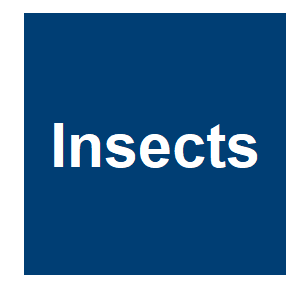Improvement of the Mass-Rearing Protocols for the South American Fruit Fly for Application of the Sterile Insect Technique

|
T. Mastrangelo, A. Kovaleski, B. Maset, M. D. Costa, C. Barros, L. A. Lopes and C. Caceres,
Insects,
12.
2021.

The existing rearing protocols for Anastrepha fraterculus must be reviewed to make economically viable the production of sterile flies for their area-wide application. Additionally, evidence of sexual incompatibility between a long-term mass-reared Brazilian strain and wild populations has been found. To address these issues, this study aimed to refine rearing protocols and to assess the suitability of an A. fraterculus strain for the mass production of sterile flies. A series of bioassays were carried out to evaluate incubation times for eggs in a bubbling bath and to assess the temporal variation of egg production from ovipositing cages at different adult densities. A novel larval diet containing carrageenan was also evaluated. Egg incubation times higher than 48 h in water at 25 °C showed reduced larval and pupal yields. Based on egg production and hatchability, the density of 0.3 flies/cm2 can be recommended for adult cages. The diet with carrageenan was suitable for mass production at egg-seeding densities between 1.0 and 1.5 mL of eggs/kg of diet, providing higher insect yields than a corn-based diet from Embrapa. Even after two years of being reared under the new rearing protocols, no sexual isolation was found between the bisexual strain and wild flies. More related to this: The Possible Role of Microorganisms in Mosquito Mass Rearing Engineered sex ratio distortion by X-shredding in the global agricultural pest Ceratitis capitata
|



